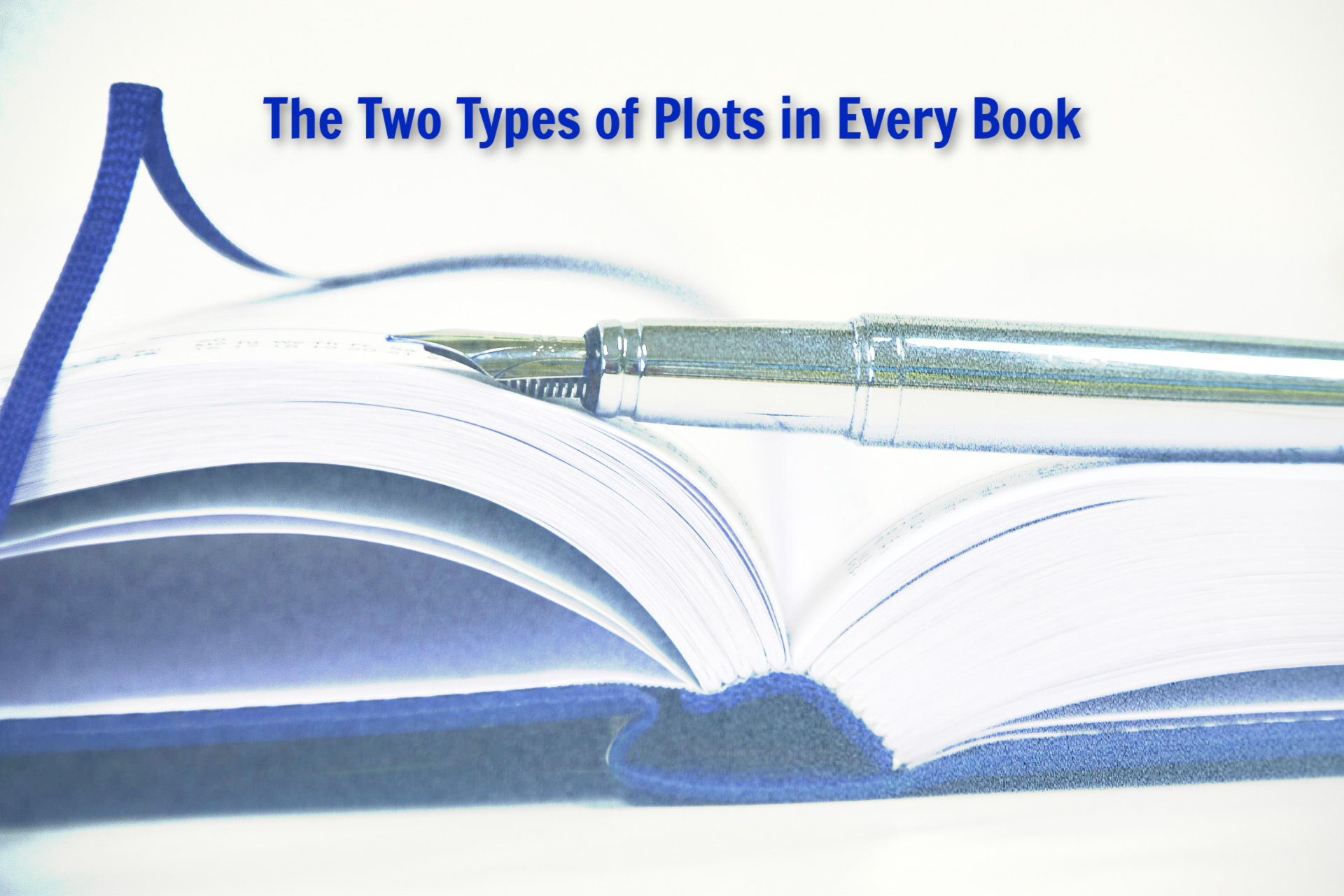by Beth K. Vogt, @bethvogt
Whether you’re a plotter, a pantser, or a bit of both, it’s important to remember that every book has two types of plots: the external plot and the internal plot.
To write a well-developed book, you need to cultivate both plotlines for your main characters.
What is a book’s external plot?
Writers begin plotting their novels around the external plot. We wonder “What if?” and let our minds – and our fictional characters – wander through any number of scenarios:

- What if a hobbit is sent on a quest to destroy a ring of great power before it causes the destruction of the world? – This is the “what if?” for the entire Lord of the Ring Series.
- What if an unmarried woman finds out she’s pregnant – the one thing her younger sister wants but can’t have? – This is the “what if?” for The Best We’ve Been, book 3 in my Thatcher Sisters Series.
- What if a woman who always longed to marry her childhood love is given the unlikely opportunity to fulfill that dream? – This is the “what if?” for To Love a Prince, book 1 in Rachel Hauck’s House of Blue Series.
The external plot for a book focuses on the obstacles confronted by your main characters. Each of these obstacles creates a Y in the road – a “what will I do?” moment – that forces your character to make a choice. This choice moves the story along until your character faces another obstacle and, of course, another choice. This obstacle-choice-obstacle-choice process leads all the way to the Black Moment, where everything is so awful there seems to be no chance of fixing it.
What is a book’s internal plot?
The internal plot for a book delves deeper than obstacles and Ys in the road. Perhaps you’ve heard the phrase “the great what if that tugs at a reader’s heart and mind.” This “great what if” is developed based on the internal plot, which examines your main characters’ emotional and spiritual journey. The internal plot is what creates our hero’s and heroine’s character’s arc – why they change and how they change. Crafting the internal plot means you understand the Lie your character believes and the Truth they must eventually embrace so they can change, allowing them to do at the end of the book what they couldn’t do at the beginning.
Obstacles create conflict. The pull between the Lie and the Truth or between competing values creates tension, which is what causes your readers to connect with your story on an emotional level. They feel like they know your characters because they empathize with your characters struggles in their heart and mind.
Have you bypassed one of these plots when writing your novel? I encourage you to strengthen your book by taking the time to work on both the external and internal plots.
How can you choose what is right for you when your decision will break the heart of someone you love? Having abandoned her childhood dream years ago, Johanna Thatcher knows what she wants from life. Discovering that her fiancé was cheating on her only convinces Johanna it’s best to maintain control and protect her heart.
Despite years of distance and friction, Johanna and her sisters, Jillian and Payton, have moved from a truce toward a fragile friendship. But then Johanna reveals she has the one thing Jillian wants most and may never have—and Johanna doesn’t want it. As Johanna wrestles with a choice that will change her life and her relationships with her sisters forever, the cracks in Jillian’s marriage and faith deepen. Through it all, the Thatcher sisters must decide once and for all what it means to be family.

Beth K. Vogt is a non-fiction author and editor who said she’d never write fiction. She’s the wife of an Air Force family physician (now in solo practice) who said she’d never marry a doctor—or anyone in the military. She’s a mom of four who said she’d never have kids. Now Beth believes God’s best often waits behind the doors marked “Never.” The Best We’ve Been, the final book in Beth’s Thatcher Sisters Series with Tyndale House Publishers, releases May 2020. Other books in the series include Things I Never Told You, which one the 2019 AWSA Award for Contemporary Novel of the Year, and Moments We Forget.
Beth is a 2016 Christy Award winner, a 2016 ACFW Carol Award winner, and a 2015 RITA® finalist. Her 2014 novel, Somebody Like You, was one of Publisher’s Weekly’s Best Books of 2014. A November Bride was part of the Year of Wedding Series by Zondervan. Having authored nine contemporary romance novels or novellas, Beth believes there’s more to happily-ever-after than the fairy tales tell us.
An established magazine writer and former editor of the leadership magazine for MOPS International, Beth blogs for Learn How to Write a Novel and The Write Conversation and also enjoys speaking to writers group and mentoring other writers. She lives in Colorado with her husband Rob, who has adjusted to discussing the lives of imaginary people. Connect with Beth at bethvogt.com.

